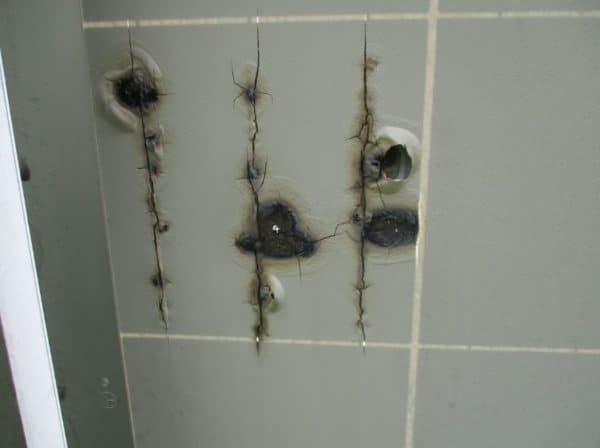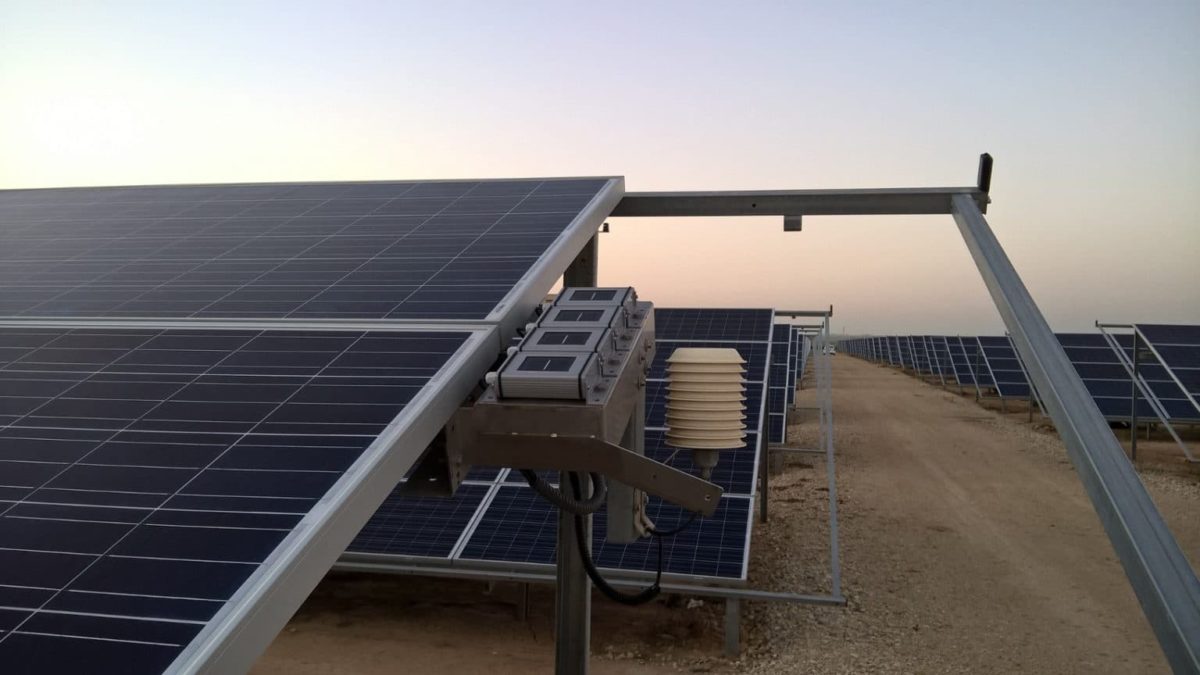From pv magazine Spain
On June 10, between 12 pm and 1 pm (CEST, Berlin), Asier Ukar – senior consultant at PI Berlin, a technical adviser for PV plants in Germany, and general director of PI Berlin's Spanish subsidiary – will participate in the Spanish-language networking session at the upcoming pv magazine Roundtables (free registration). Ukar covered a number of topics that will be discussed at the event.
pv magazine: Module prices are rising – how long will it last? What are the potential consequences?
Asier Ukar: The price increases are explained by a mix of factors, some of them linked to the PV industry itself, but many others, not. Most of the price increases are justified by an increase in the price of raw materials … the increase in prices is not linked to the situation of the PV industry and it is rather external to it, and it impacts our industry just as it can impact other industries. The issue of transportation … any company that imports products from China is going to pay more now than four months ago, regardless of the sector in which it works. As for the purely PV factors, we can note the price of polysilicon…
If we exclude the new solar plants built in recent years, what is the average age of a solar park in Spain? And which are the most frequent failures?
Most of the solar plants in Spain today are around 12 to 14 years old. Many of them were built with two-axis monitoring, a decision justified by high module prices and high feed-in tariffs that facilitated big outlays for EPC services. Cost was around €8.50 per watt, while for plants with fixed structures it was around €5 per watt – something unthinkable today … based on what we've seen in M&A processes or the refinancing of old portfolios, the most common issues are module malfunctions are domestic and foreign product failures, serious imbalances in monitoring systems, and inappropriate DC wiring for PV applications.
In newer plants, does quality play a more prominent role?
Banks and insurers increasingly demand more and more bankability in the choice of materials – especially the modules. Some investors are still not fully aware and sign EPC contracts on occasion without having closed the financing, and that is when the surprises arrive. We continue to find situations in which the investor has signed a full EPC contract with a company, including the purchase of modules by the latter, which in turn has signed a module supply contract with a manufacturer. When everything is closed, the bank arrives and asks that a series of quality control tests are included from the beginning linked to penalizing clauses in case of non-compliance. It is not difficult to imagine what happens next. The EPC says that it is not included in the contract with the investors and therefore does not move forward with the supply of modules. Even so, the tests must be carried out because they are requested by the bank and all the players cross their fingers so that the technical adviser, in this case PI Berlin, does not find significant failures. If such an event occurs, the investor hardly has a lever to impose penalties. To get things done right, the three contracts, including module supply, EPC and financing, must be signed at the same time ensuring the “downflow” from the bank to the module manufacturer.
It can be said that banks and insurers are increasingly aware of the importance of quality control, firstly due to the absence of generous incentive schemes that provide a certain financial cushion. And secondly, because of how rapidly the sector has been evolving at a technological level in the last years. I have mentioned the modules, but single-axis trackers deserve a separate chapter, as more and more investors are demanding additional guarantees against structural damage due to dynamic phenomena such as “galloping” … manufacturers in turn are forced to bear great pressure by the market price structure, which forces them to be very aggressive in calculations in order to be competitive. The 400 mm straps are an example of this.
Popular content

Some companies have announced revamping plans – in particular, Germany's Baywa re in the United Kingdom. Can it be carried out in any facility? When does revamping pay off?
Revamping as a modernization measure for a PV plant is worthwhile when the technological leap between the construction date and the revamping date is large enough so that the replacement of existing components by new-generation products entails an increase substantial production, a reduction in O&M expenses and compatibility with the legal and administrative framework. We have started this year to offer technical advisory services in revamping projects in Spain and in principle all the plants built in the years 2006 to 2009 are good candidates to undergo this process. Only with the increase in the efficiency of the module from 14% to 20%, the absence of galvanic separation in the inverters or the reinforcement of the monitoring electronics of the two-axis trackers, we talk about three aspects that lead to the plants to a whole new setting. Once the improvement measures have been implemented, we would be talking about plants with the same nominal power, but with fewer modules, with more efficient inverters and with a monitoring availability of the trackers more in line with the theoretical values. Throughout this process, we must not lose sight of the legal framework, since substantial changes may imply the loss of the subsidy. That is why you have to be prudent and conservative when inserting the scalpel.
Solar module manufacturing has returned to Europe, with one startup company saying it will start vertical production of 5 GW with PERC technology in Seville in 2023. Will these modules be competitive?
It all depends on the segment they are targeting. Of course, for large-scale projects, price is still decisive and manufacturing in Europe implies a cost differential compared to China or Southeast Asia that can compromise the viability of a project. When we talk about the C&I or residential sector, it is different. For an enterprise that wants to put a self-consumption installation in an industrial warehouse, it does not make a big difference to pay €55,000 instead of €50,000, but a 10% extra cost in a 100 MW project supposes €5 million or €6 million, and this increase can kill a project. Nor can we forget that manufacturing in Europe may make us more independent in relation to the prices of transport from Asia, something that in these months many would like to have, in view of the increase in the price of the container above 600%, but the materials raw will keep coming from there. With which, in the following years we will continue to depend on China in relation to the supply of polysilicon, glass, polymer and aluminum.
More and more companies are entering the renewables market. Is there room for everyone?
Now it is complicated – some players are late because the market is quite mature. I think there is more room for small and medium projects in Spain. It will be key how the 2021-26 plan to reinforce the transport networks is carried out in order to absorb all the power that is intended to be connected. On the other hand, the regulations are beginning to be oriented more and more towards the development of smaller plants: certain barriers in projects in more than 10 hectares, some municipalities are applying moratoriums and also a certain social movement against the occupation of large surfaces is beginning to gain ground. Whoever enters now will have to innovate, take distributed generation seriously and think about hybrid solutions with storage and even the development of agrivoltaic solutions that allow the inclusion of more actors.
Will PERC continue to dominate the market?
We are seeing how n-type technology, specifically TopCon, is entering strongly. And given that at the technological level, it does not involve risks that are not already present in PERC, we do not see why it cannot begin to penetrate largely in the market. The manufacturing process of n-type cells is very similar to that of p-type PERC and the n-type technology also implies lower LID and LeTID losses, and guarantees lower annual degradation losses. Moreover, cell efficiencies are higher than in PERC and n-type cells are also bifacial in nature with bifaciality coefficients greater than 80%, as opposed to 70% in PERC. You just have to look at what some manufacturers like Longi, Jinko, Trina, Jolywood or JA Solar are doing. All have passed the early stages of R&D and are already preparing for mass production. Therefore in no time, possibly less than two years, buying bifacial TopCon n-type modules will be as normal as buying a PERC module today.
This content is protected by copyright and may not be reused. If you want to cooperate with us and would like to reuse some of our content, please contact: editors@pv-magazine.com.



1 comment
By submitting this form you agree to pv magazine using your data for the purposes of publishing your comment.
Your personal data will only be disclosed or otherwise transmitted to third parties for the purposes of spam filtering or if this is necessary for technical maintenance of the website. Any other transfer to third parties will not take place unless this is justified on the basis of applicable data protection regulations or if pv magazine is legally obliged to do so.
You may revoke this consent at any time with effect for the future, in which case your personal data will be deleted immediately. Otherwise, your data will be deleted if pv magazine has processed your request or the purpose of data storage is fulfilled.
Further information on data privacy can be found in our Data Protection Policy.